Take a look at everything you should know about a bodyboard. Learn what does what on a boogie board.
Modern bodyboards are advanced wave riding crafts. They are designed and shaped to deliver optimal performances in all types of ocean conditions. All attributes of a bodyboard have been fine-tuned so that each model serves a precise requirement.
Today, a bodyboard is way more than a simple waterproof foam board. There’s science, knowledge, and experimentation in it. The most popular bodyboard manufacturers take all variables into consideration before releasing their portfolio.
Understanding how a bodyboard works will help you choose the right model for your weight and height, and level of experience. If you still have doubts, consult the bodyboard size chart.
Bodyboards have several fundamental properties. They are as follows:
The Core
It’s the bodyboard’s constituent foam material. There are three main types of core: Polyethylene (PE), Polypropylene (PP), and Extruded Polystyrene (EPS). The core gives the overall shape of the board, and play a critical role in wave riding performance.
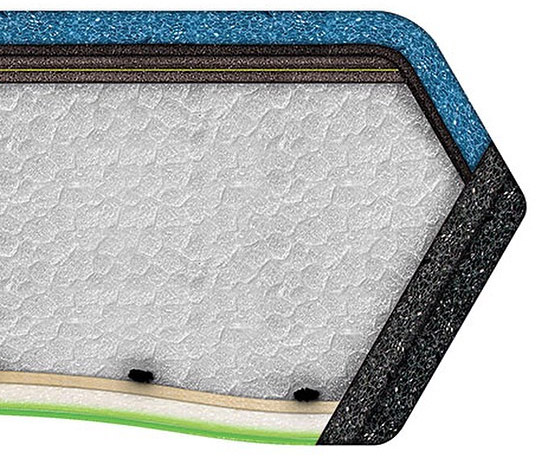

The Deck
It’s the bodyboard’s top skin and the material that will cushion the impact of the sport’s radical maneuvers. The high-end models come with PE decks, but some manufacturers also use crosslink formula.
The Slick
It’s the bodyboard’s bottom skin, and it should reduce the drag when the board is in contact with the surface of the water, and provide flexibility. The main types of materials used in the deck are Surlyn and HDPE.
The Channel
Channels are canals located near the tail on the bodyboard’s slick. The provide extra grip on the face of the wave.
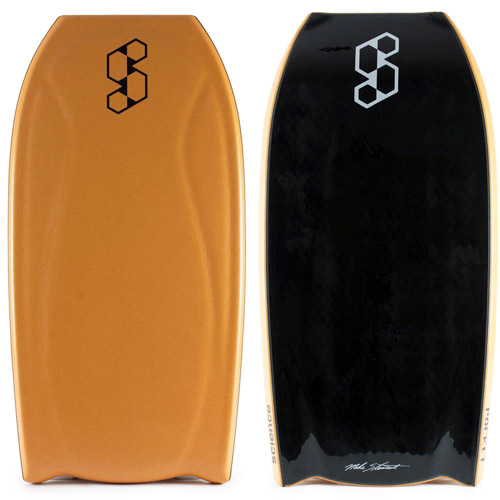

The Rail
It’s the bodyboard’s steering wheel and has an impact in control and speed. The two main types of rails are the 60/40 and the 50/50.
The Nose
It’s the bodyboard’s top and has an impact on the wave riding experience. Narrow noses mean a loose control and higher speed, while a wider nose performs better in big wave conditions.
The Rocker
It’s the bodyboard’s natural curve. A nearly flat rocker makes the board go faster and is harder to control; a board with too much rocker has a lot of drag, but it can be easier to navigate.
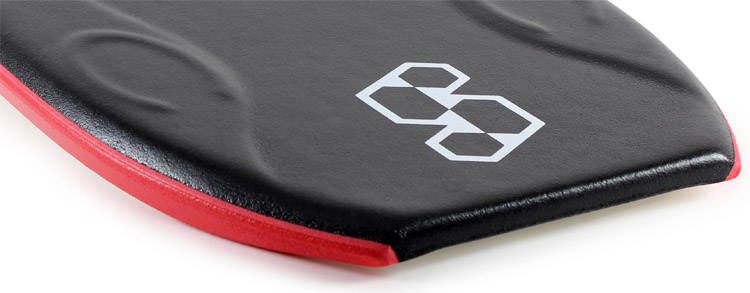

The Wide Point
The area of the bodyboard where the contours change their direction. It defines the overall template and the width distribution of the board. For a loose feel, get a board with a lower wide point; for control and speed pick a model with a higher wide point.
The Thickness
Thinner bodyboards are agile and have increased maneuverability, but they are also less buoyant and fast than thicker models with their extra volume.
The Tail
It’s the bodyboard’s wheel and provides more or less control and speed depending on their shape. The most common tail designs are the bat tail and the crescent tail.
The Stringer
It’s the bodyboard’s skeleton and provides control, strength, and stiffness. The tube is generally made of fiberglass and is inserted into the core of the board.
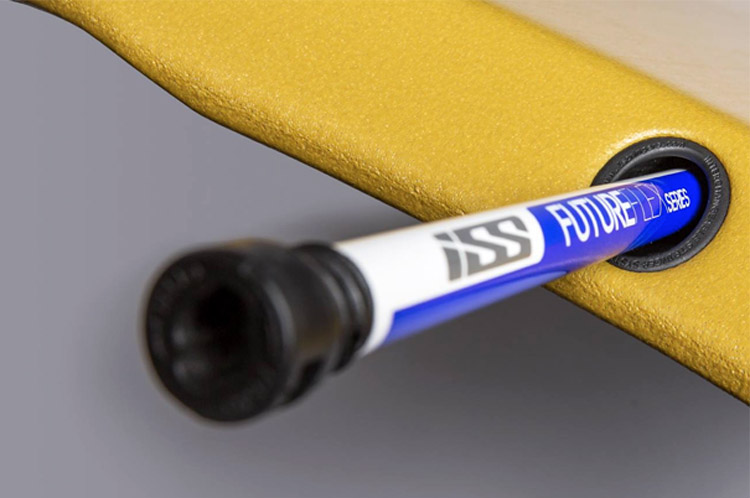



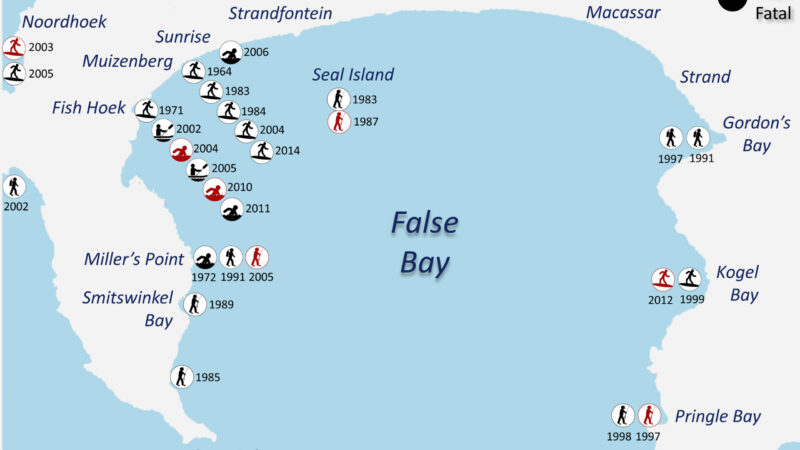
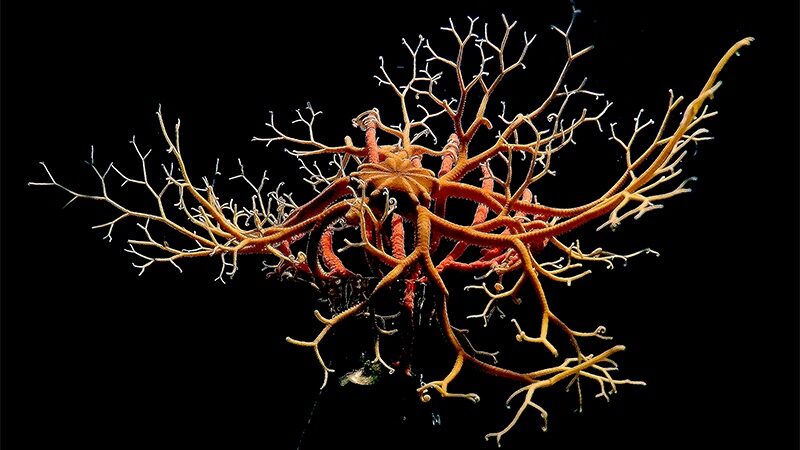
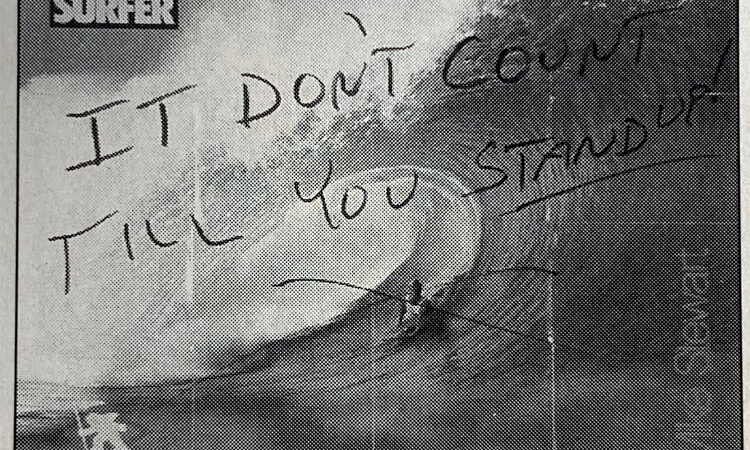
Recent Comments